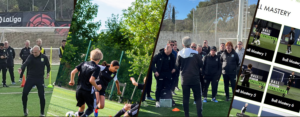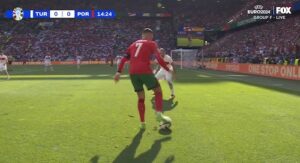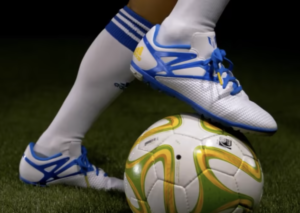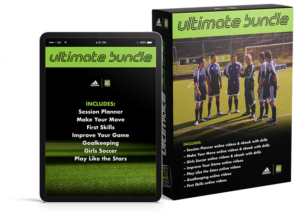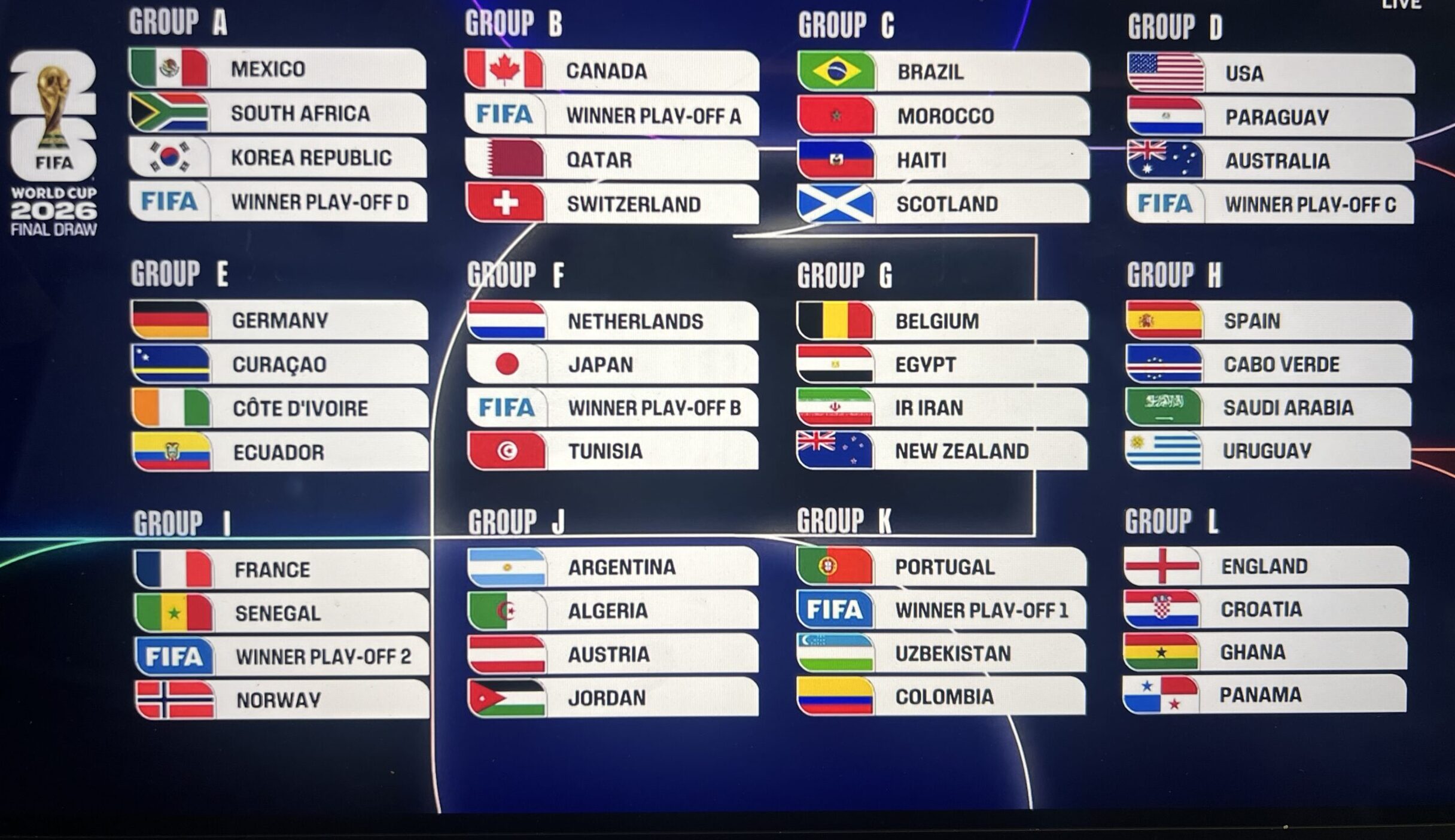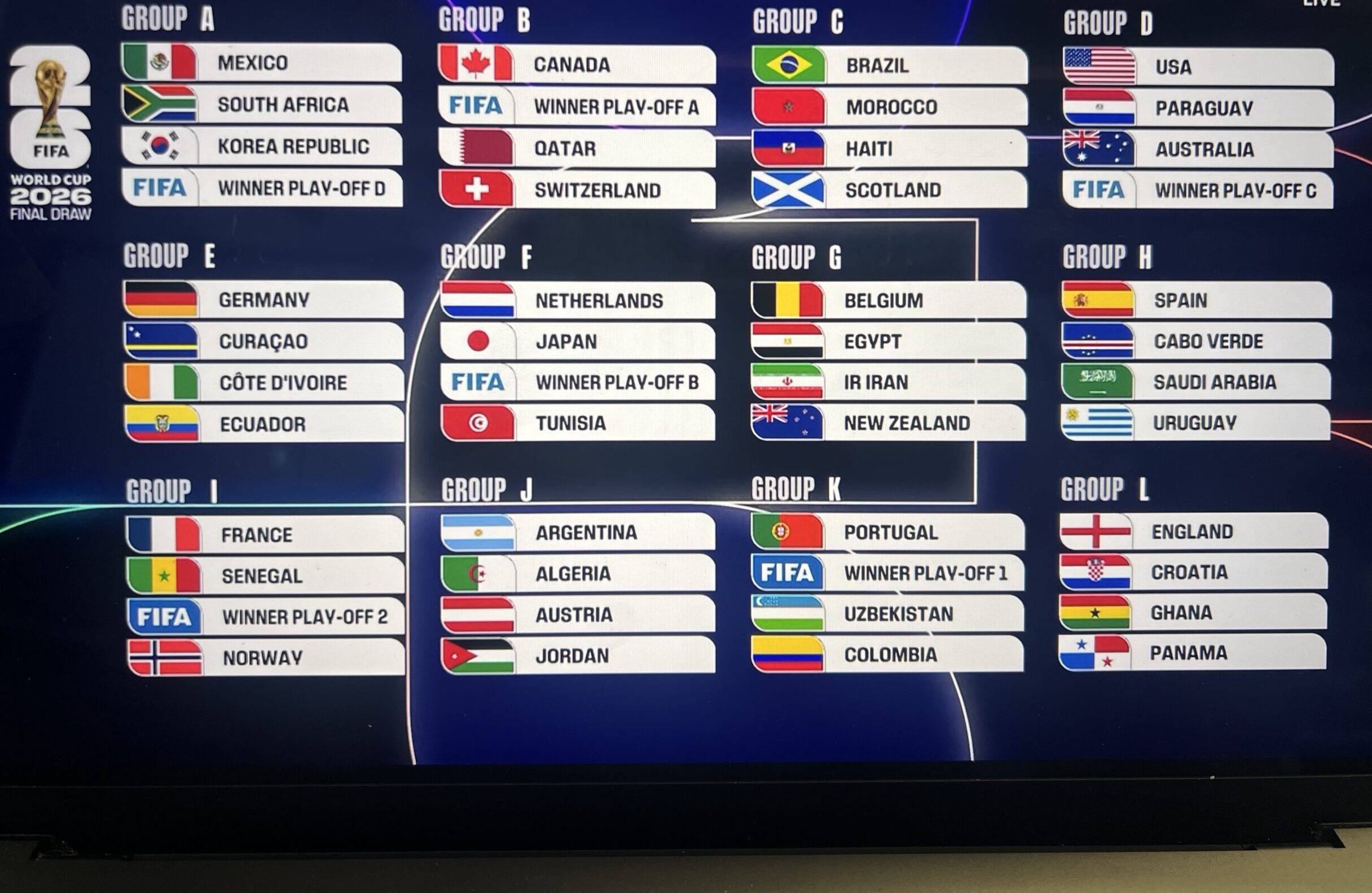By Coach V
Many soccer parents struggle with their child’s development in youth soccer. They constantly worry about what to teach them, what soccer team they should play on, what soccer camp should they go to, or should they age up to an older team? I hope that this article will put many minds at ease and clears up some true objectives for soccer parents, soccer players and soccer coaches. The soccer tool bag enable you to become a top level player if you know how to access it.
The child’s soccer tool bag…
I just finished reading “The Italian Job” written by Gianluca Vialli and was really struck by a few comments made by both him and some of the greatest soccer coaches in Europe. I think they make a point that I will try and drive home. Vialli was a tremendous player and as a manager for Chelsea won more trophies in two and half years than any other manager in the club’s history. He knows soccer and what it takes to make a player “whole”.
He quotes Sir Alex, Manchester United Manager, and his thoughts on youth development. I think this quote is vital for all to learn.
“To some degree we can list the attributes of a successful footballer: technical, tactical, athletic and temperamental. The trick is to identify a child’s potential and help him reach it. Clubs are trying to create foundation through basic technical skills and practice. You have to have that first. It’s like if someone gives you a bag of tools and there are only a few tools in it.
Even if you are a trained electrician or plumber, but you only have one hammer and a few screws in your tool bag, there isn’t much you can do. What we at Manchester United believe in is getting kids who have the full bag of tools before they come to us at sixteen. Then it’s up to the coaches to put the football (soccer) part into it, the tactics and all that.”
He also quotes Juventus boss Fabio Capello who was in charge of Milan’s youth set-up for six years.
“At 8 or even 12, you should be focusing on two things: having fun and improving your technique. The other aspects can come later. What’s the point of trying to build up fitness of a ten year old if his body is still growing? And what’s the point of cluttering his mind with tactical notions and formations? All you’re doing is stifling his ability to express himself.”
Both of these quotes instill what I have preached for years. Many players are good soccer “players” but often lack the full range of “tools” needed to continue that level of play at the higher levels. The genesis of our SoccerU series started with the realization that most developing players simply can’t get everything they need from just attending “organized soccer”. There are over 100 technical skills to learn and little time to work on them.
Why does this happen? Let’s take a quick look.
Lack of training time…
Compare your youth soccer training schedule to those around the world and in upper level training academies. Most US youth players practice twice a week for one to one and half hours. This is done during a season that lasts around 12 weeks. Play spring and fall and your total training time might be as little as 48 hours a year.
Compare this to some development programs where young players might receive over 700 hours a year. A simple reinforcement of the fact that much of the technical training a youth player needs must come from outside organized soccer.
Focus on winning games…
Many of our current US systems are set up on the “here and now”. We watch results, look at standings, and recruit guest players for tournaments to improve standings for the team and the club. This is done as young as the U10 level in some areas. In true development academies most players are allowed to participate in one match per week. The rest of the time is spent on developing the player’s growth, overall athletic ability and technique. Very rarely if ever will you see any tournament play.
If you’ve ever been to a U13 match and watched the coach and parents screaming on the sidelines you’ll understand what I mean. “Winning” is often giving top priority in our systems. Players are not seen as a “final product” traveling down a path of development, but instead what they can contribute now, to my team. A sad statement when you are talking about 9 – 12 year olds.
If I’m watching a soccer match and someone asks me the score, I can never tell them. I really could care less about the “results”, but instead focus on each players “bag of tools”. Many coaches try and develop / use player’s strong points and strengths; I want to work on their weaknesses.
Many players have strengths, but they all have weaknesses…
Years ago I quit “coaching” and decided to only focus on technical development, studies and training. It has been a blessing. I have worked with all levels of players; from 8 year olds, to division one college players, to professional players from all over the world. The one thing I see in common is that they ALL have their weaknesses.
I believe this is emphasized by our own system and coaches to some degree. There are many well respected camps that promote “positional camps” for players as young as 10. Not a good thing for creating the overall player. Players between the ages of 8 and 14 should not be “locked in” to positional play. They need constant exposure to all aspects and positions.
The top players in the world are well rounded even though they have their strengths. Instead of working on their strengths they have focused on their weaknesses, or at least have had well rounded training and exposure. This should be the goal of everyone that is involved in youth player development. Making sure they have a “full bag of tools”.
Causing panic…
One of my favorite things to do is to work with a “top level team” and cause panic / provoke thought.
I will let the coach know the first thing I want to do is to see the team scrimmage for a while. I let the soccer coach and players set themselves up. Right before the whistle blows I stop the match. I take to the field and cause panic. I put the top strikers in goal. I move the left backs to right forwards. I put players in positions they haven’t played for years. They all look at me like I’m crazy, but when the game starts it’s pretty ugly. That midfielder, that normally sends beautiful balls over the top and long, is miss-hitting every pass with their weak foot.
The new “defender” is getting beaten every time. You get the drift. They are trying to use tools that are NOT in their bag. I let them know that very quickly that if they want to be GREAT players, there is a lot of work to be done. It is fine to have a strong right foot, but every once in a while they need to have the left available as well.
The reason kids quit soccer…
Read any youth coaching manual or information packet on youth sports. Right away they will tell you the number one reason kids quit soccer is that it “wasn’t fun anymore”. I believe this to be true, but I believe that the basic “cause” of this reason is misunderstood and often misstated.
I have seen many youth players “play the game” of soccer for years.
They play spring and fall and go the normal route most do. They are coached by “good” coaches but often their technical skills (bag of tools) is not filled properly. Many players will only learn one to three NEW skills per season, simply not enough. Many will never “revisit” older skills and work repetitively to improve them. As they get older the “skills” are put aside and tactical training is the primary focus.
What happens to many of these kids is that the “game”, which was once easy and fun, now becomes more difficult. They are often criticized by fellow players, coaches and parents when they can’t perform the SKILLS needed to help the team win. I have watched player after player, especially in rec leagues, win game after game, championship after championship, only to end up being a poor to moderate player. The GAME has become too difficult, their skills were not refined, and their “bag of tools” was very limited.
On the other hand, I have seen young players that don’t have a single “trophy” in their room, but have the most incredible touch and skill for their age. They are the product of good “foundation training”.
What should be our focus…
The “tool bag” will go everywhere that the player goes for the rest of their life. Add as many tools as you can. They will play for many different coaches and learn many different and ever changing “tactical” aspects. They will at some point take a few months off and get “out of shape”. Both of these things can be fixed or changed quickly. However the technical skills that are now instinctive to them take years and years to develop. They are long term and must be developed early.
We must help players grow and provide a path that leads to improvement, creativity and learning.
Playing the game is very important and when ever possible, kids should participate in “semi-organized” / pick-up matches. They have a tendency not to focus on “I can’t make a mistake or fail” but rather “can I try this and make it work”. Often they fail, everyone laughs and the game goes on. In a “real match” they would be criticized for trying and failing.
Watching the game is also important. In Europe many kids will watch 3 – 5 professional matches a week. In the US, many kids might watch one per year. I think watching the game on its highest level is critical for learning. It’s amazing when a 10 year old shouts at the TV, “good idea”, even though the pass was not received well by the striker.
The soccer tool bag is portable…
Make sure you don’t focus on the “here and now”. Don’t worry about results but rather the strengths and weaknesses. The “tool bag” of raw technical skills can be taken anywhere the child goes. Keep filling the bag, enjoy the game and let time take its natural course.


